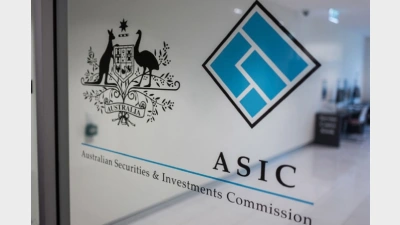ISA/AIST merger receives super funds' approval



The profit-to-member superannuation funds represented by Industry Super Australia (ISA) and the Australian Institute of Superannuation Trustees (AIST) have agreed to a merger towards a single “strong and unified voice” in the sector.
In a joint statement to Super Review, the industry bodies said: “The new entity will build on the impressive legacies of achievements of both AIST and ISA and combine the knowledge, expertise, and capabilities of those organisations to be a powerful advocate for super fund members on all systemic matters relevant to super and retirement.
“As balances grow and more members reach retirement age, the long-term interests of members are best served by a compelling voice that is focused on protecting and growing their savings.”
The talks of a merger have been circling for at least eight months after ISA and AIST confirmed they were in talks in late January.
At the time, whether any potential merger would be open to member consultation had not been confirmed by either of the two major industry bodies.
ISA manage collective programs on behalf of nine industry super funds while AIST represent some 36 profit-to-member funds which include industry, corporate, and public sector funds.
The industry bodies have some overlapping members that constitute the country’s largest funds, including $240 billion AustralianSuper which is Australia’s largest super fund; $100 billion Hostplus; and $74 billion HESTA.
“The boards of AIST and ISA and their funds continue to work towards creating this new entity,” the statement added.
Recommended for you
Introducing a cooling off period in the process of switching super funds or moving money out of the sector could mitigate the potential loss to fraudulent behaviour, the outgoing ASIC Chair said.
Widespread member disengagement is having a detrimental impact on retirement confidence, AMP research has found.
Economists have warned inflation risks remain elevated even as the RBA signals policy is sitting near neutral after its latest hold.
Australia’s superannuation funds are becoming a defining force in shaping the nation’s capital markets, with the corporate watchdog warning that trustees now hold systemic importance on par with banks.










